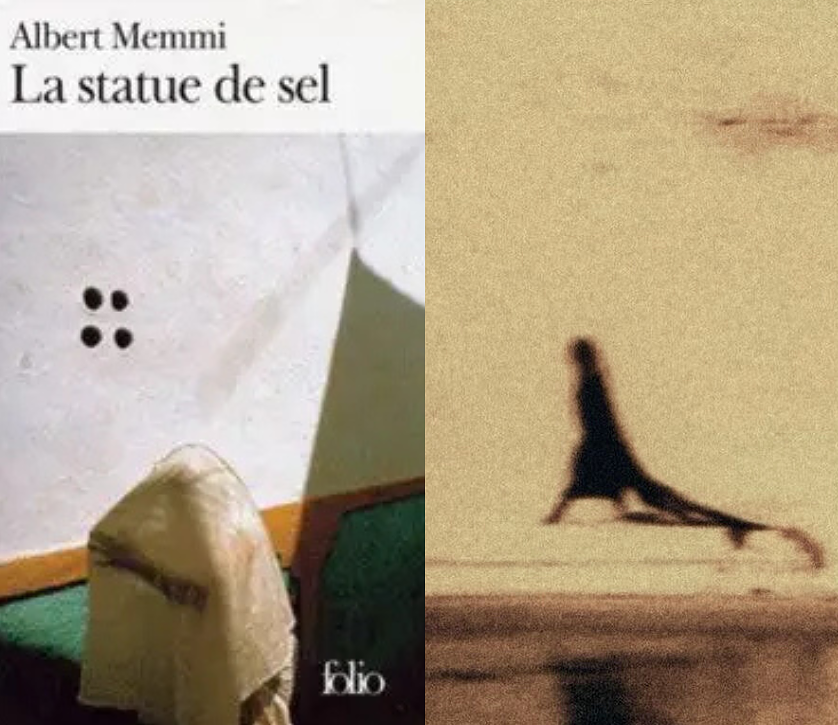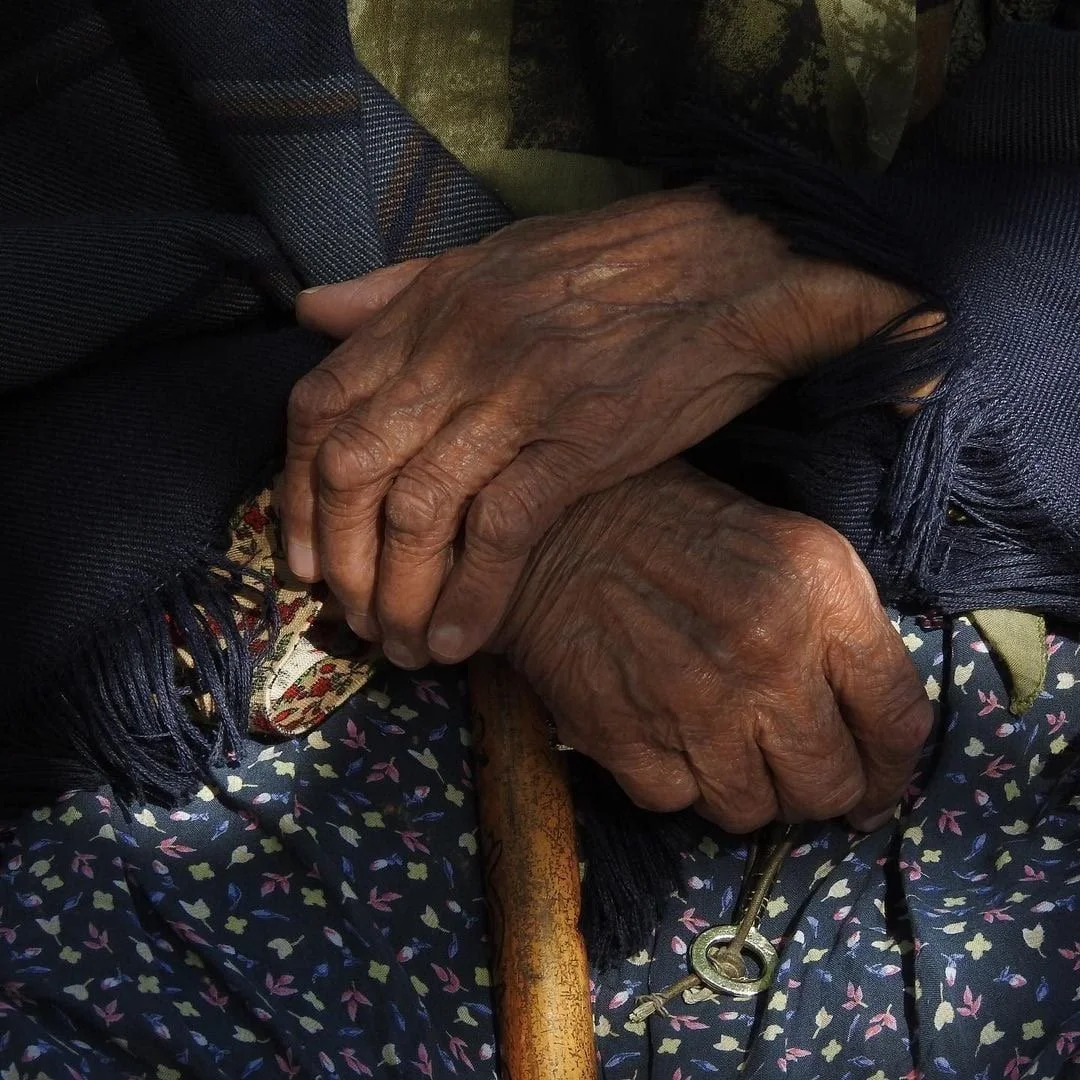The first and only contemporary Sephardic and Mizrahi literary magazine.

Heirloom & Clutter
Exploring in Issue 5 the mess & beauty of what we inherit.
CRAFTS, RITUALS, & RECIPES
Reading Coffee, Telling Fortunes
Inheriting a family ritual of storytelling through the images left in coffee grounds.
By Maia Zelkha, Editor
Bringing Judeo-Baghdadi Back to Life With the Jewish Languages Project’s Heirloom
Inside the Jewish Languages Project’s effort to preserve dying Jewish languages for the next generation.
By Vicky Sweiry Tsur
Is Savta Yaffa’s Baharat Still Fresh After 17 Years in the Freezer?
How a frozen box of spice carried memories across three generations.
By LeeEl Yehezkel
WHAT’S MISSING IN Today’s Amazigh Jewelry Revival
Recovering my grandfather’s legacy and the deep Jewish roots of Morocco’s jewelry trade.
By Aurele Tobelem
Raz Akta is Reviving a Lost Art.
With no heirlooms to inherit, Yemenite silversmith Raz Akta picked up the craft instead— and tells the story in his own voice.
what we’re reading
Exploring mid-century Jewish literature of the Maghreb, and an excerpt from Esther Chehebar’s debut work of fiction on Syrian Jewry in New York City.
How Memmi’s 1953 novel La Statue de sel reframes the struggle to preserve Jewish memory in the Maghreb.
By Charlotte Adda
Looking Back With Albert Memmi
a glimpse into esther chehebar’s brooklyn
An excerpt of Esther Chehebar’s new debut novel about three Syrian Jewish sisters, who chase love and grapple with the growing pains of young womanhood as they seek their place within and beyond their Syrian Jewish Brooklyn community.
Dreams & Visions
Rivers, poetry, and sacred objects.
WOUNDED TIGRIS
The Tigris and Euphrates are drying up— and with them, the memory of a pluralistic Iraq.
By Sarah Sassoon
avra’am
ADAM ANDERSON
Drawing on Algerian fibula traditions and North African Jewish silversmithing, Adam Anderson explores identity through the ritual of object-making.
INCANTATION
I only remember / how old age curled her spine into / the bend of a question mark.
By Leenoy Margalit.












